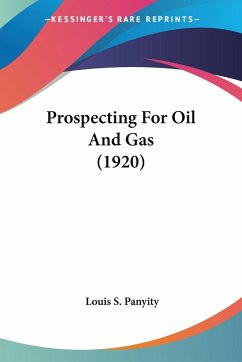In the past, the oil and gas industry considered gas locked in tight, impermeable shale uneconomical to produce. However, advances in directional well drilling and reservoir stimulation have dramatically increased gas production from unconventional shales. The United States Geological Survey estimates that 200 trillion cubic feet of natural gas may be technically recoverable from these shales. Recent high natural gas prices have also stimulated interest in developing gas shales. Although natural gas prices fell dramatically in 2009, there is an expectation that the demand for natural gas will increase. Developing these shales comes with some controversy, though. The hydraulic fracturing treatments used to stimulate gas production from shale have stirred environmental concerns over excessive water consumption, drinking water well contamination, and surface water contamination from both drilling activities and fracturing fluid disposal.
Hinweis: Dieser Artikel kann nur an eine deutsche Lieferadresse ausgeliefert werden.
Hinweis: Dieser Artikel kann nur an eine deutsche Lieferadresse ausgeliefert werden.








